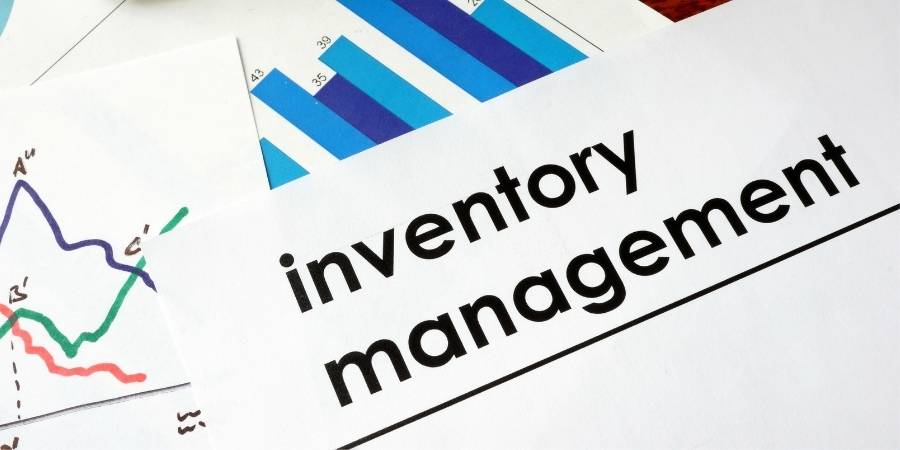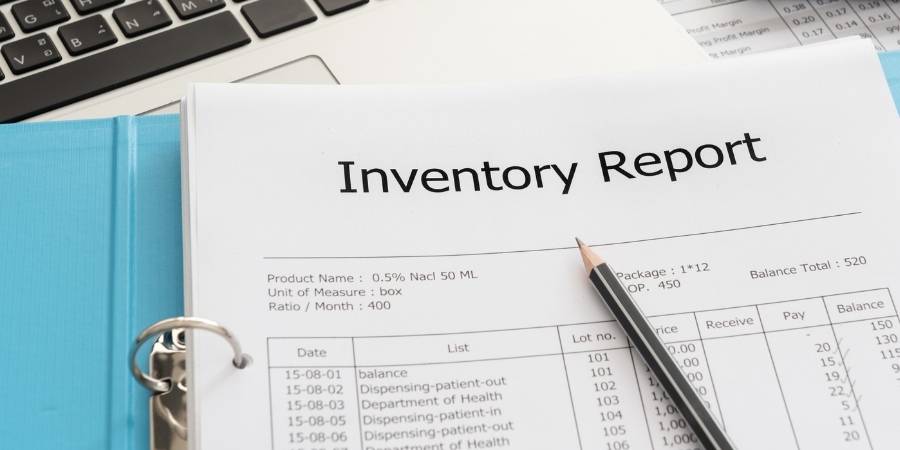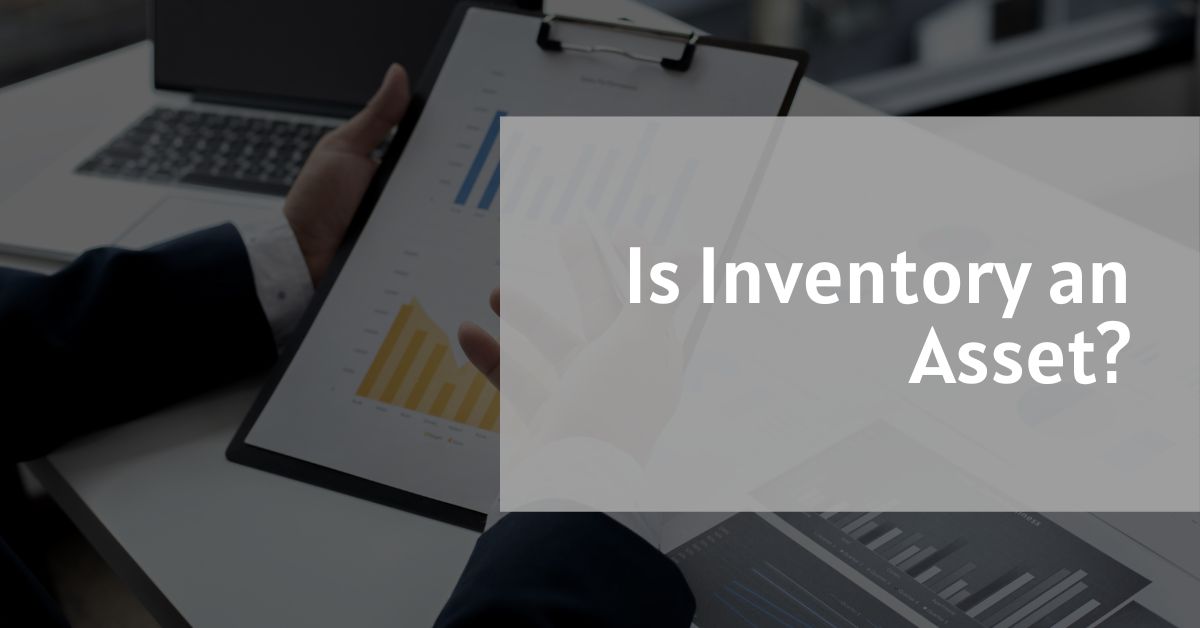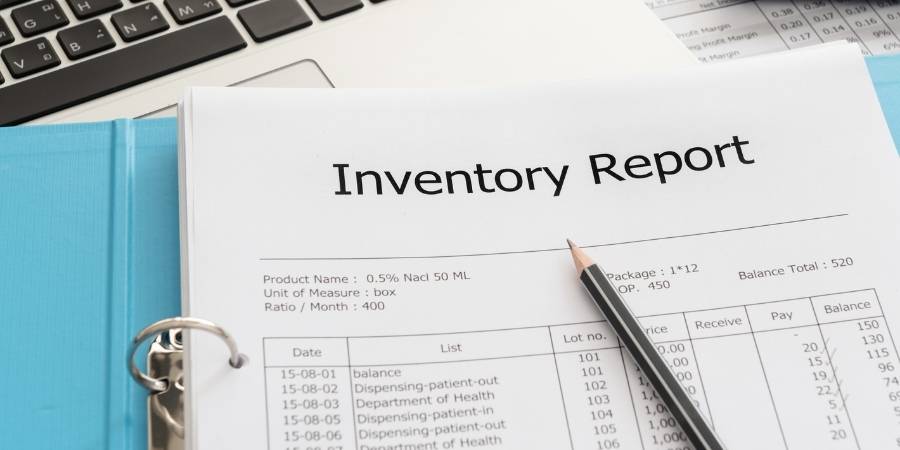Working capital management is a purveyor of financial goods and services that help businesses create more value and keep afloat. Companies have to allocate funds to the goods they sell while simultaneously providing enough resources to maintain their stores’ inventory.
The idea behind working capital management is simple, but it’s often not easy — time-consuming work. However, working capital managers can earn quite a fortune in their careers as they try to balance these complicated endeavors. Here is some example of working capital management.

1. Inventory Management
Inventory management is crucial because business owners need to balance the amount of inventory they have with the amount of inventory they sell. The right mix will ensure that the business has enough inventory to meet the demand, but not too much that it will sit in storage for very long.
Effective inventory management means businesses can avoid losing money on unsold goods and sell them when people are willing and able to buy. This is also a good business practice because it sends out a good signal about the level of demand for said products.
2. Spontaneous Ordering
If inventory managers want to avoid wasting money on long-term storage, they need to ensure that their inventory will sell faster. Spontaneous ordering is a mechanism for anticipating how much of a product is required by layering historical data with real-time information.
3. Forecasting
The trick to implementing spontaneous ordering is as simple as using the information it generates to plan for the future. Forecasting isn’t overly complex because it is a rather easy process of developing a system that takes historical data and extrapolates it into the future.
Forecasting is done manually with pen and paper or with the help of computer software. However, either way, it’s still a process of putting old information together to generate accurate predictions. Various forms of forecasting may include seasonal patterns, sales trends, product trends, and other factors that can assist in planning future orders.
4. Rationalizing
Once the inventory managers have considered all the data they can and created a forecast, they are ready to rationalize. Rationalizing is taking the received data and turning it into actionable items.
For example, rationalizing may include knowing what to work on next, knowing which products are selling quickly and which aren’t, or knowing where there may be room for improvement or where additional funding will be needed. Essentially, relying on forecasting without considering your action plan will only result in wasted time and money.

5. Inventory Control
After rationalizing, the inventory managers are ready to lead their team toward inventory control. The whole point of inventory control is to ensure that product supply and demand are balanced.
Therefore, one must take action when there is a surplus or a shortage. If an overstock arises, the manager must either try to sell off the excess or find a way to eliminate it if they can’t bear to part with it. Inversely, they may have to take measures against shortages by increasing their production or trying other means of acquiring more products.
6. Vendor Management
Vendor management plays a huge role in a business’s success because it allows it to procure necessary goods and services for its inventory. The company’s data from their vendors allows them to know how much is needed.
This gives businesses an early warning system that allows them to adjust their production accordingly. Furthermore, the vendors can help with forecasting by tracking orders on time and quantity. Aside from this, they may be able to provide information about current order trends and anticipate future shortages so that the business can take preventative measures.
Working capital management may not be the easiest career to pursue, but it can give business owners a wide range of benefits that help them succeed. These are only some of the services that working capital managers perform, and we’re sure there are other examples. For example, many inventory managers also manage vendors as well as inventories.
In any case, businesses that use working capital management can earn increased profits and reduce their risk. This is why some businesses turn to work capital managers to ensure they can keep their operations running smoothly.









